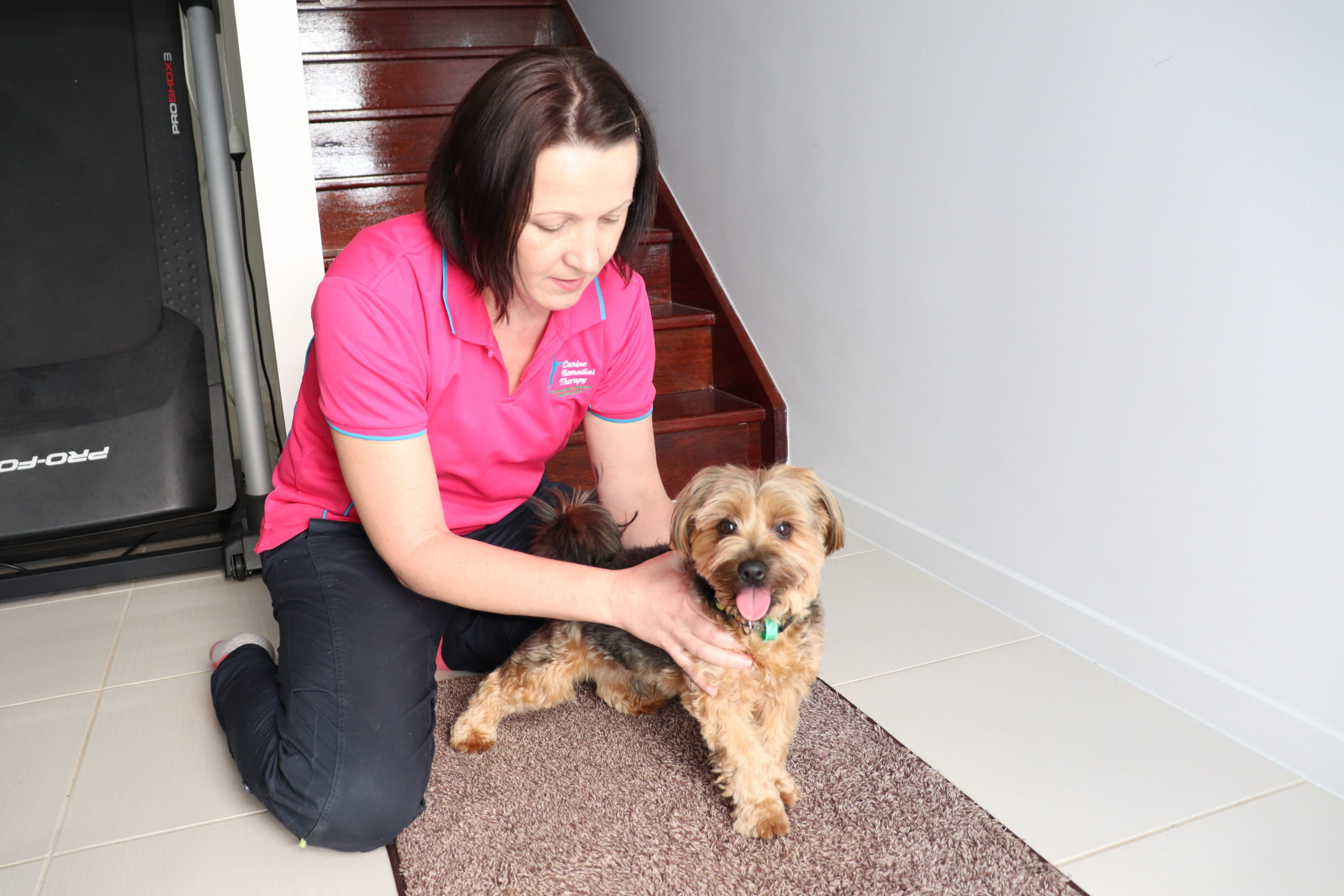
How is canine massage a complementary therapy?
Canine massage is an increasingly popular treatment amongst dog owners. Like us, dogs can benefit from complementary therapies such as massage. But first, let’s look at what complementary therapy is.
By definition, complementary therapies are an individual or group of therapeutic disciplines that are used together with conventional medicine. Massage is an excellent example of a complementary therapy when used to support the veterinary treatment of a sick, injured and recovering patient.

Complementary therapy is not alternative therapy. Alternative medicine or therapies are intended to replace conventional medicine, whereas complementary medicine and therapy is used together with conventional medicine to achieve a better result than one or the other alone.
This is precisely why Canine Remedial Therapy Services work closely with your veterinarian. I believe that there are limitations to both massage and conventional medicine when used alone, but when combined work synergistically to create a better outcome for your dog.

What techniques do you use?
As a certified canine massage therapist, massage is of course the primary service. However, massage for a dog can be very different than we humans experience, no matter how much calming music, dim lighting and relaxing scents are in the room!
Massage will often include effleurage (long warming strokes), sweating (muscle warming), compressions, friction and kneading. You’ll recognise these techniques from your own massages.
The difference is that a dog’s massage may also include passive range of motion stretches, active stretches and conditioning exercises.
A massage consultation will also include a lot of discussion. We explore your dog’s history, lifestyle, movement assessments and…. homework!

What then?
Like us, many dogs need repeated treatments to achieve the full benefit of massage. It does depend on the nature of the condition, your dog’s personality and duration of the condition or injury.
Throughout all treatments, your vet will receive updates about the treatments I have provided so that they can incorporate this into their own treatment plans.
For more information, or to get started, click here to go the contact page of our website. I’d love to hear from you!
The long term goal is to improve your dog’s quality of life – for today, and all of his tomorrows.